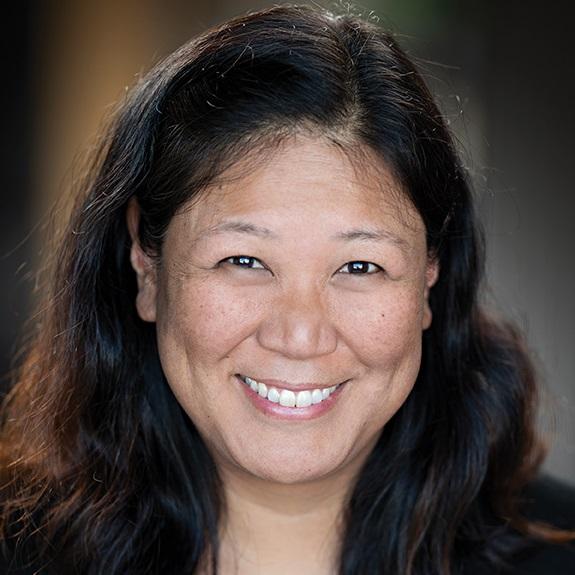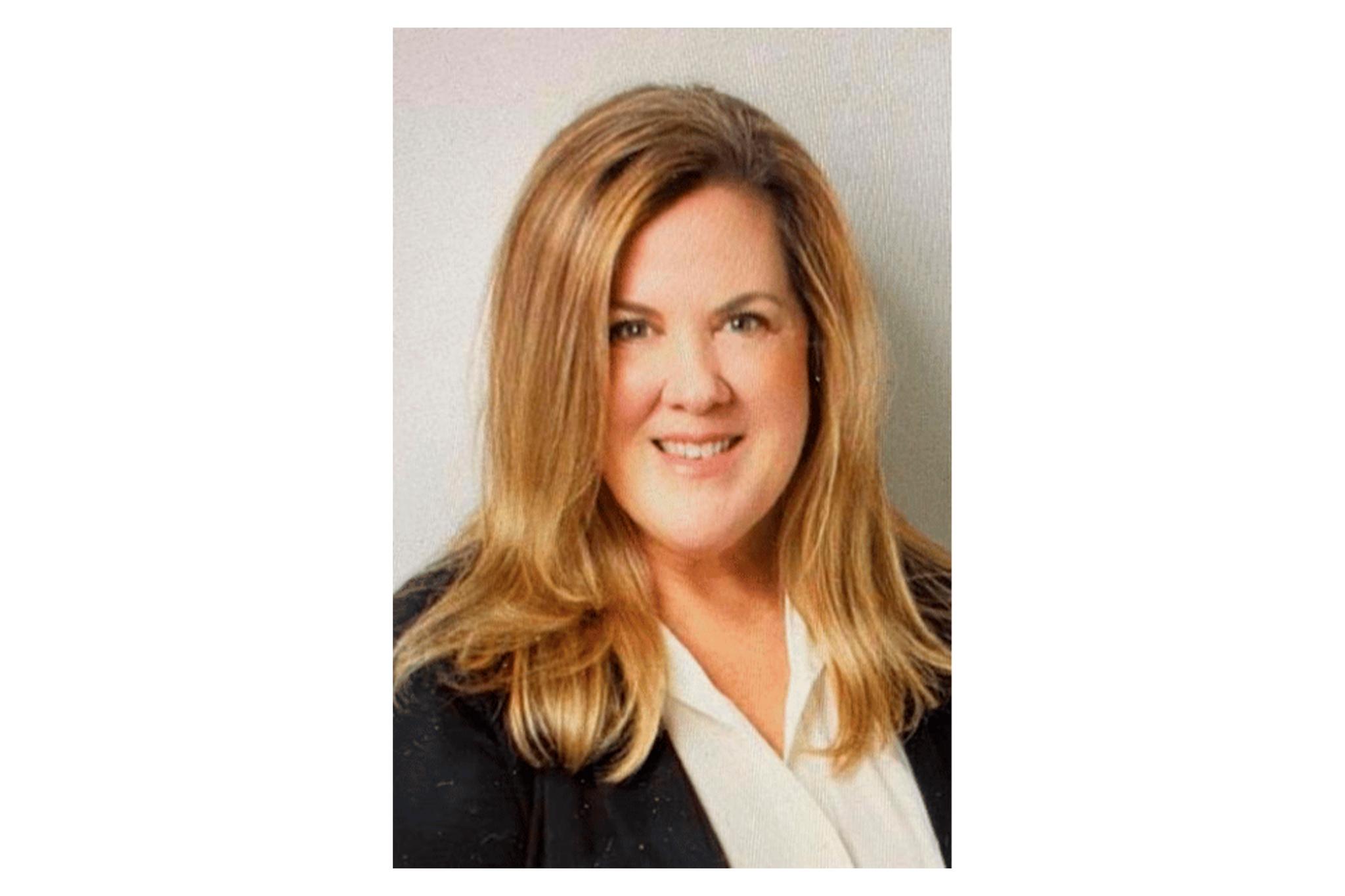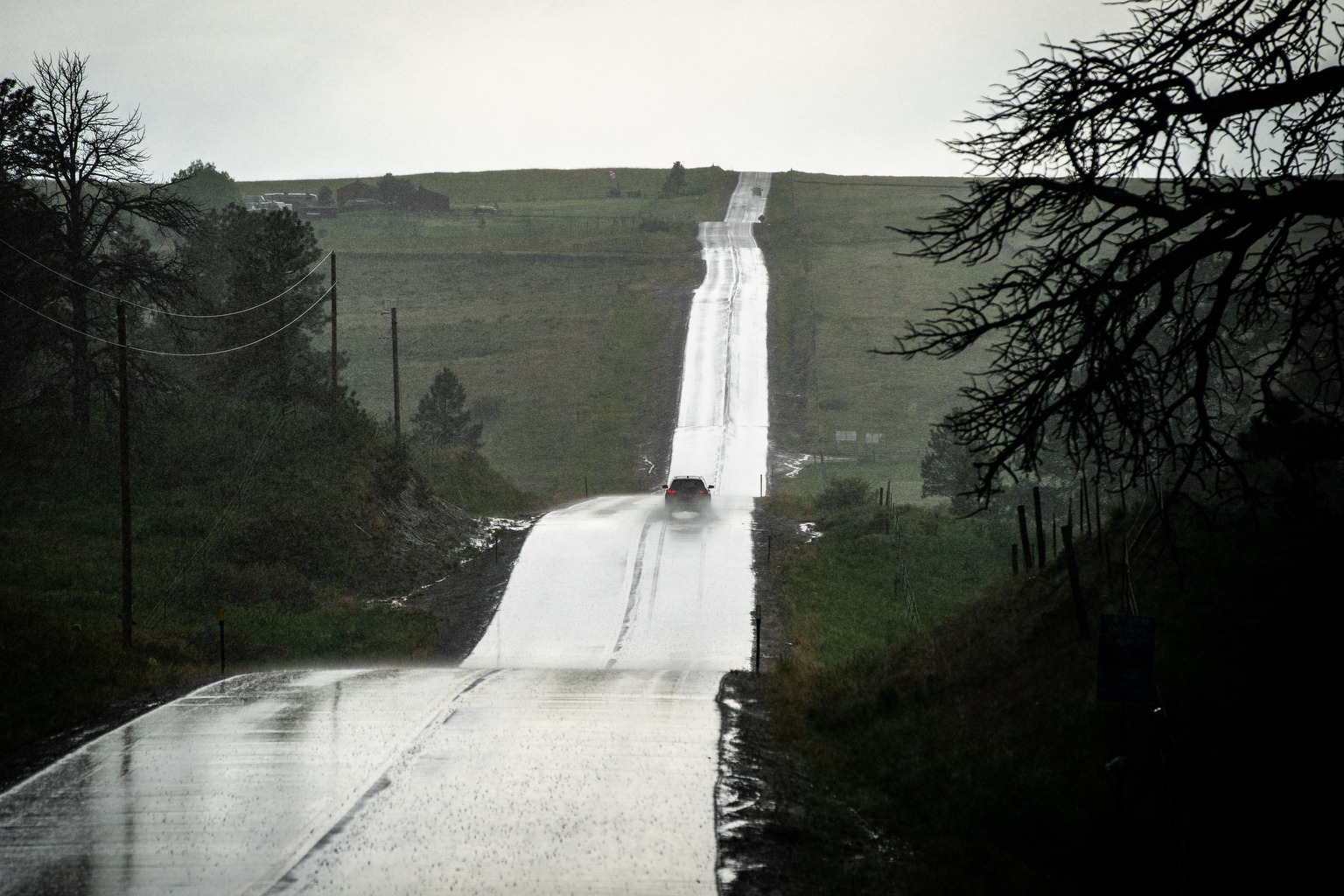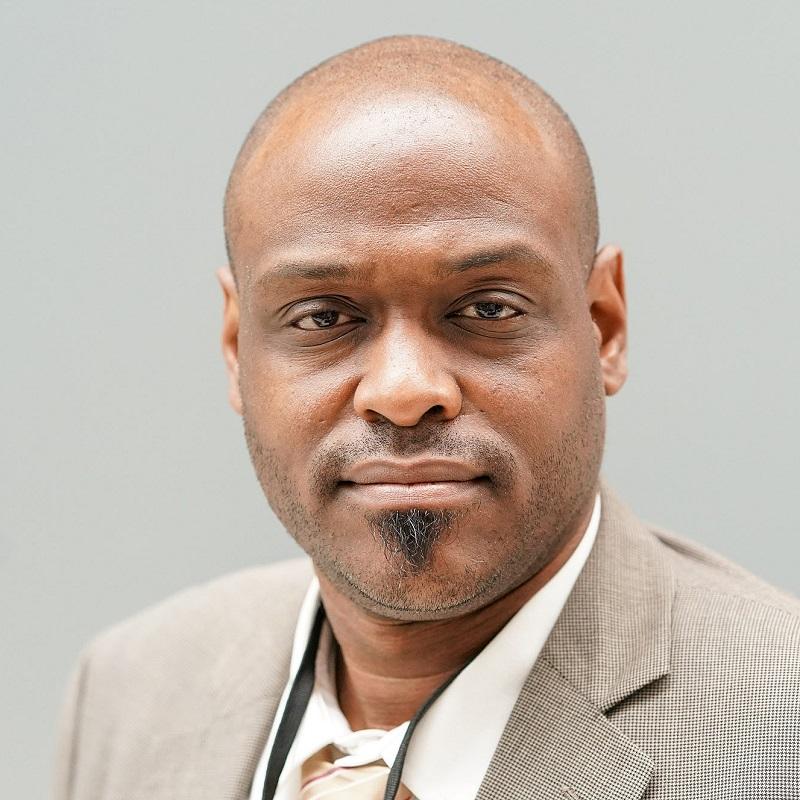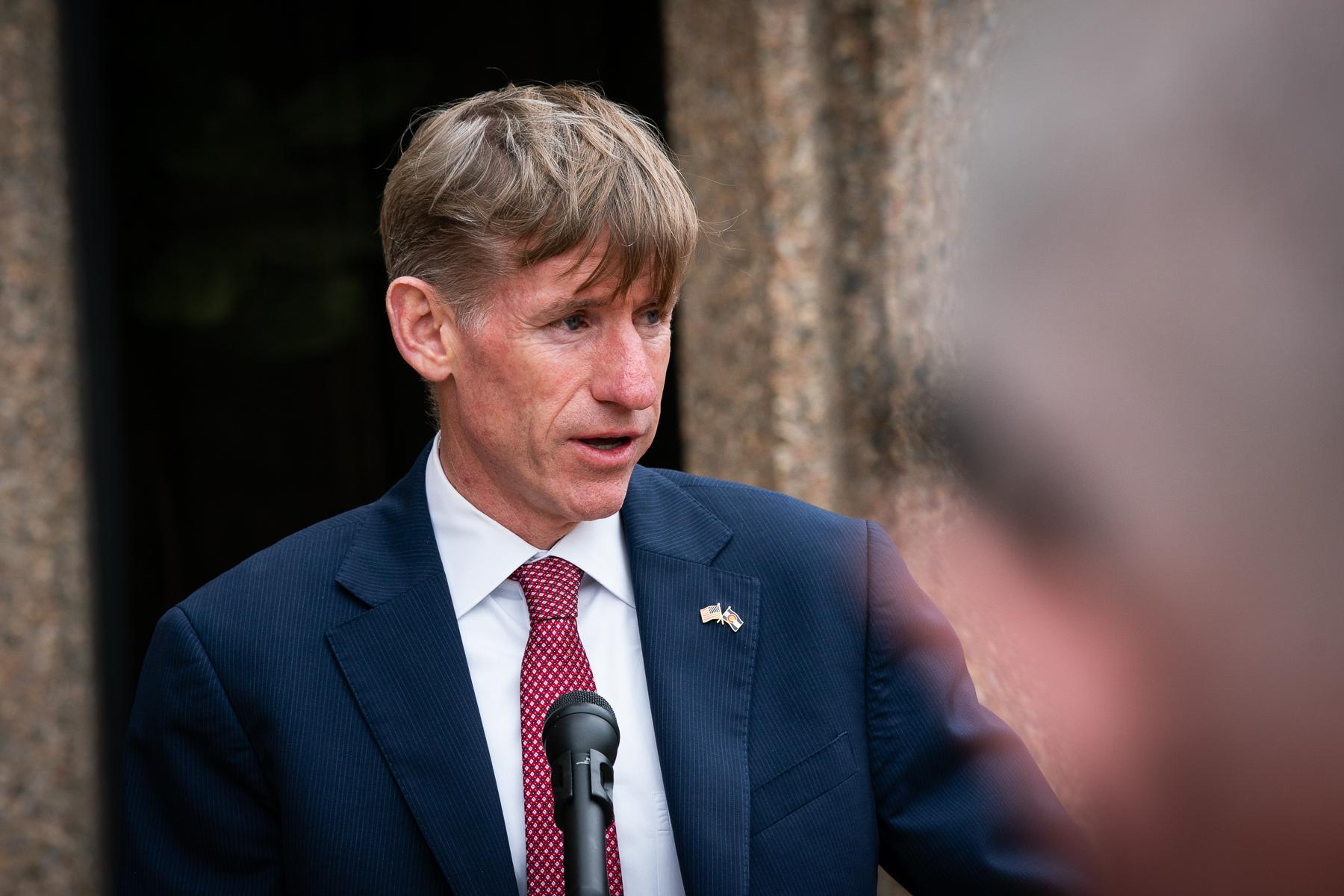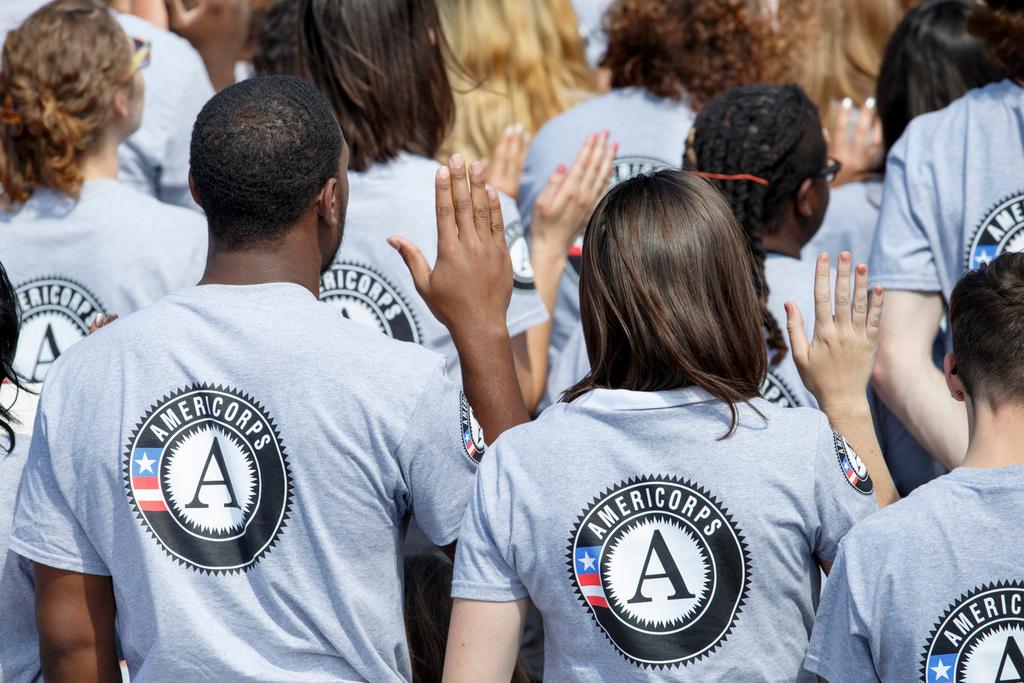
Noe Felix Burns thought he’d be in Vinton, Iowa, this week, getting ready for his next assignment as a member of AmeriCorps National Civilian Community Corps.
Instead, the 19-year-old is back home in Cañon City.
“I was part of AmeriCorps, which was a federal volunteer program, and we just found out last Tuesday that that got completely gutted by DOGE,” he recalled to CPR News this past weekend. The program employed about 2,000 young adults ages 18-26, sending them across the country to respond to natural disasters or help with community projects.
Burns and the other members of NCCC learned that the Department of Government Efficiency ended the program. “[DOGE] told us that they thought we weren't efficient enough. So they cut our staff by 75 percent and sent all volunteers home.”
Burns was at a worksite in Pennsylvania, helping repair homes damaged from Hurricane Ida in 2021, when the news came down. He was back in Colorado by Friday.
“I thought our site supervisor was joking until he told us,” he recalled. Congress had already appropriated money for the program, so he thought they were safe from the Trump Administration’s sweeping cost-cutting. “We asked him, ‘Should we finish cleaning up?’ He's like, ‘No, get your stuff. We got to go now.’ And then he called the homeowner over and started telling her, apologizing to her that we wouldn't be able to finish the work.”
Burns graduated from high school last year and was trying to figure out what to do next when he learned about the program and applied. He wanted to help people and get some real-world work experience.
“I think AmeriCorps is one of the best programs the federal government has put forward in terms of helping young Americans grow and become more useful members of society,” he said. “That program did a lot of good to a lot of people.”
And it also provided an education award when members finished their tours, which Burns had hoped to use to attend Pueblo Community College. He’s getting a pro-rated amount, about a quarter of what he would have received if he’d been able to finish the entire length of service.

After the DOGE cuts at NCCC, AmeriCorps also placed most of its federal staff members on administrative leave as well. The organization's two other main programs, VISTA and Americorps State and National, which also do community-based projects with local groups and agencies, are still operating for now.
These developments are causing worries for lawmakers and AmeriCorps partners in Colorado.
Lt. Gov Dianne Primavera called on Congress to keep NCCC and AmeriCorps going, noting that it had helped Colorado in the past.
“AmeriCorps has empowered Coloradans across the state to serve their neighbors, solve real problems, and strengthen communities,” Primavera said in a statement, noting that many Coloradans depend on the work done by AmeriCorps volunteers. “These actions will impact service members and result in a loss of tax support for working families, wildfire response teams, those who build affordable housing, and behavioral health support in our schools. These are the people behind the numbers — and the work they do matters deeply.”
CPR News reached out to the White House for comment, but received no reply.
Last year, more than 6,600 AmeriCorps volunteers served at 700 local sites across the state, according to Serve Colorado, which links AmeriCorps with local organizations.
Lynn Urban, President and CEO of United Way of Southwestern Colorado, currently manages about a dozen AmeriCorps volunteers, placing them in programs that help with things like early childhood literacy, after-school tutoring and youth mental health.
While she’s concerned with the elimination of NCCC, she’s trying not to be distracted by rumors or fears of more cuts to AmeriCorps’ other volunteer programs.
“We are watching everything, but we are continuing to do our work because that's what's important,” Urban said.
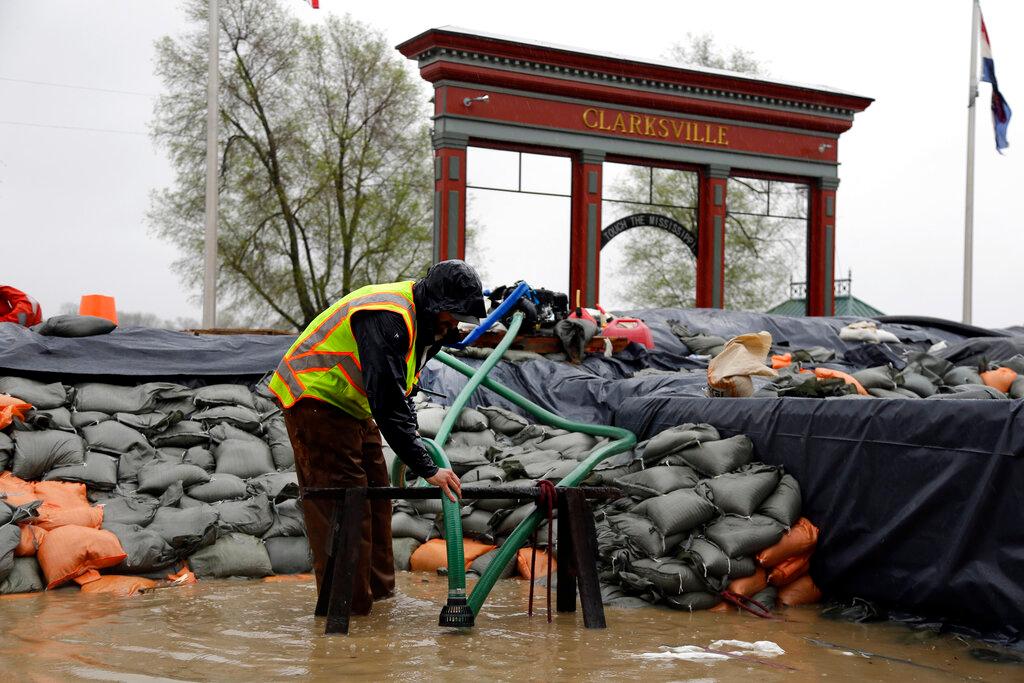
She believes that AmeriCorps has support on both sides of the aisle and is hopeful that Congress will listen to people in their communities about the work AmeriCorps does before taking any further action to codify the cuts.
“Usually, for every federal dollar invested in a community through AmeriCorps, it brings back $17 in benefits to that community,” she said. “We call it the triple bottom line. We see that there are huge returns for the member in terms of building skills and their job readiness. We see huge returns for the organizations that host those members. It builds their capacity and they can serve more people.”
Eric Carpio described AmeriCorps as “one of those win, win, win situations.” He’s Chief Community Museum Officer for History Colorado and director of the Fort Garland Museum and Cultural Center in the San Luis Valley.
History Colorado has 17 AmeriCorps volunteers this term, with many working in rural communities. In school districts with four-day school weeks, they provide daylong programs centered around history on the fifth day.
“AmeriCorps volunteers provide our museums and our communities with additional capacity to offer critical programming for youth and families and communities,” Carpio said. The volunteers are scattered across the state from the El Pueblo History Museum in Pueblo and the Ute Indian Museum in Montrose to the Center for Colorado Women’s History in Denver and the Woodruff Memorial Library in La Junta.
The funding for History Colorado AmeriCorps volunteers doesn’t come from the federal government, so Carpio is confident they will stay on through the end of their term. But he acknowledged that DOGE’s cuts to AmeriCorps programs “throws a lot of uncertainty into the air in terms of what the future of AmeriCorps might be.”
As for Burns, he said it hasn’t hit him yet that his AmeriCorps experience was cut short.
“Just in the three months that I was in, I learned so much, just from meeting people from all over the country,” he said. “I felt like I was growing as a person and then that just got kicked out from under us.”
For the time being, Burns, like many former federal workers, will spend the coming days figuring out his next professional step.
| This story is part of a collection tracking the impacts of President Donald Trump’s second administration on the lives of everyday Coloradans. Since taking office, Trump has overhauled nearly every aspect of the federal government; journalists from CPR News, KRCC and Denverite are staying on top of what that means for you. Read more here. |
Funding for public media is at stake. Stand up and support what you value today.
